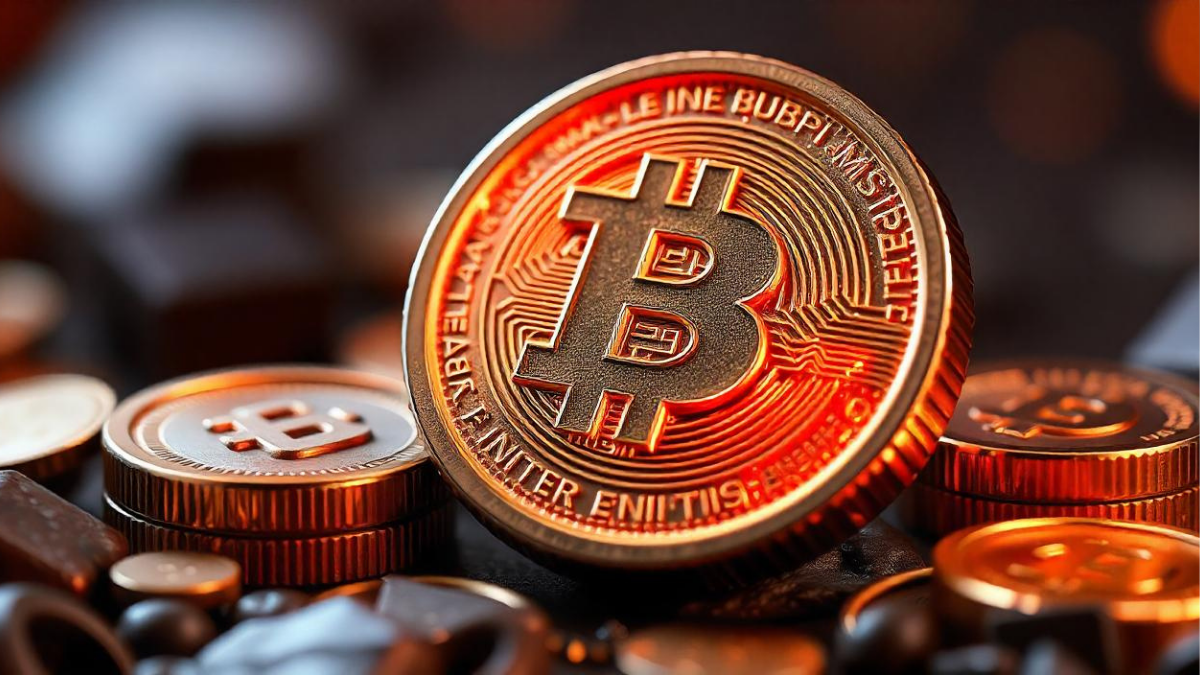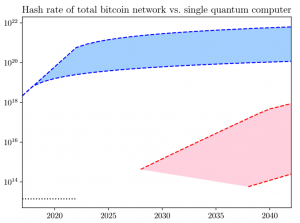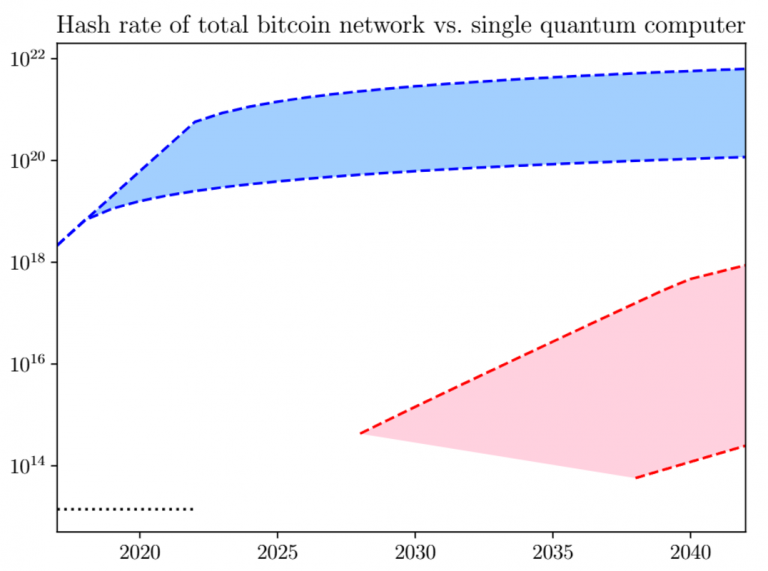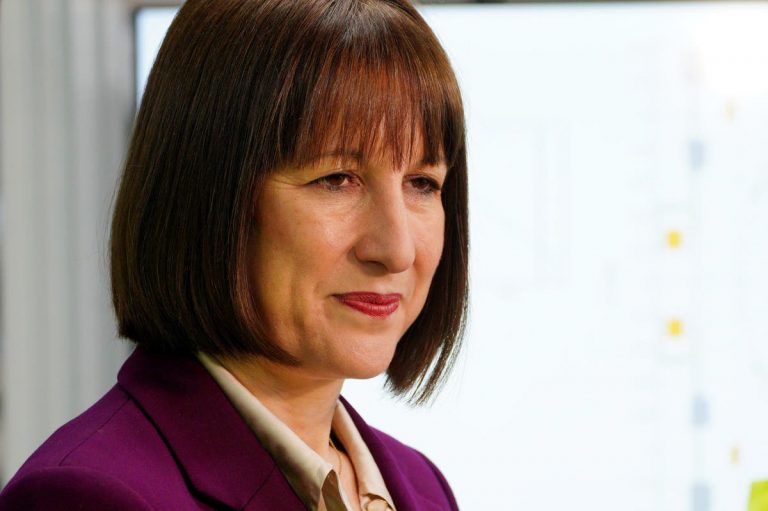
With major shifts causing a stir, the cryptocurrency market is on fire! As the SEC’s appeal deadline of January 15 approaches, XRP’s volatility is skyrocketing, and Coinbase’s court win highlights the SEC’s difficulties in policing cryptocurrency. The price of bitcoin, which is currently at $95,814, is responding to strategic reserve plans, ETF flows, and inflation statistics. In the meantime, memecoins continue to surprise investors with enormous profits, especially metaverse blockchain crypto are rapidly growing.
However, one crypto – “Aureal One” stands out as a high potential crypto to buy now. It provides lightning-fast, low-cost transactions with Zero Knowledge Rollups, paving the way for blockchain and the metaverse. It is one of the top contenders for the 6 best cryptos to buy now because of its scalability and capacity to process thousands of transactions per second!
Top 6 High Potential Crypto to Buy Now
-
Aureal One (DLUME)
-
DexBoss (DEBO)
-
yPredict (YPRED)
-
Ripple (XRP)
-
Dogecoin (DOGE)
-
Shiba Inu (SHIB)
Do you want to acquire the top 6 best cryptos right now? These best metaverse coins have high growth potential for massive gain, from scalable blockchain solutions to high-growth metaverse enterprises. Find the best selections right away to avoid missing out!
-
Aureal One (DLUME)
Aureal One is one of the best metaverse coins with high growth potential, making crypto more efficient. As traffic grows, energy consumption is a major issue for cryptocurrency blockchains. With zero-knowledge rollup technology, Aureal One resolves this issue by combining transactions and handling them off-chain. This speeds up transactions, lowers gas prices, and uses less energy.
Click here to know more about Aureal One
In addition to addressing blockchain issues, Aureal One capitalizes on the rapidly expanding gaming and digital wealth industries. It provides two blockchain-metaverse ecosystems:
-
Darklume: A platform for creating and trading digital assets.
-
Clash of Tiles: A warfare game built on blockchain.
Aureal One is set for a value explosion because of its strong technology, expanding market, and rising demand. Don’t miss out on this opportunity to invest in the next crypto bull run set for the future!
Why Aureal One Promising Crypto Presales?
The cryptocurrency community is already taking notice of Aureal One at its current presale price of $0.0011. DLUME, for instance, started at $0.0009 and had a 1.2% price increase in a few days. Aureal One is considered the best cryptocurrency to buy now, with market predictions suggesting it will reach $0.005 upon launch. The promising crypto presales of Aureal One are drawing investor interest. Early investors shall reap massive gains capitalizing on Aureal One.
Fast and Easy Transactions
Aureal One makes it simple for users to make use of the blockchain and metaverse by enabling fast transactions with extremely cheap fees through the use of Zero Knowledge Rollups.
-
DexBoss (DEBO)
DexBoss is a rising star in the field of decentralized finance (DeFi). In the presale market, the DEBO coin is creating a stir. The goal of this platform is to simplify and increase accessibility for DeFi. It provides resources for both beginner and seasoned traders.
High Growth Potential
DexBoss’s presale price is currently $0.011 and the listing price is $0.0505, and it has quickly increased by 9.18%. DexBoss stands out since so few cryptocurrencies exhibit such early-stage development. According to market predictions, this new cryptocurrency might skyrocket 400% during the best crypto to buy now, making it a great option for investors.
Liquidity Solutions
In the world of cryptocurrency, liquidity is a big issue that frequently results in massive losses. DexBoss provides innovative DeFi solutions to overcome this problem. It offers a platform that is cross-compatible and allows users to exchange more than 2,000 coins. Additionally, its almost actual time order execution eliminates delays, helping traders to swiftly take advantage of market opportunities.
Buyback and Burn Deflationary MechanismThe buyback and burn deflationary mechanism of DexBoss is commendable. When the token value depreciates, DexBoss will buy back and burn. The action induces a temporary scarcity. Eventually, it will appreciate the token value in the network. The mechanism is important because it helps maintain asset worth. The higher the token value, the higher the asset worth, and the higher the returns.
In a few weeks only, DexBoss has raised more than $380K or its $750K target, as of January 14, 2025. As the platform grows, investors get excited about the possibility of massive returns. In a few years, DexBoss might rank among the next crypto to bull now.
-
yPredict (YPRED)
With the sale of 80,000,000 YPRED tokens at a price of $0.12 each, yPredict has concluded its token sale, raising $6,507,551. This achievement puts the platform in a great position for an exciting launch. Data scientists and individual traders alike have taken notice of yPredict as the best crypto to buy now.
Details and Features of the Token
There are 100 million YPRED tokens in total, and they are distributed on the Polygon blockchain. These tokens give users access to cutting-edge trading tools driven by AI, such as signals, market analysis, and prediction models. Users are able to make more informed trading selections as a result.
Traders’ Perspective on the Market
In the yPredict ecosystem, YPRED tokens are essential. They are utilized for staking, earning incentives, and subscribing to trading signals. Subscription fees fuel the platform’s increasing liquidity, which raises the value of the tokens.
-
Ripple (XRP)
Ripple (XRP) has become well-known because of its potential to revolutionize global payments. By providing quick and inexpensive transfers, Ripple hopes to transform the global remittance sector through alliances with significant financial institutions. Because of the legal clarity on its side, Ripple is well-positioned to keep its promise. The potential for expansion of Ripple is substantial as blockchain technology gains traction. XRP is a good option for the future if you’re searching for the best crypto to buy now.
-
Dogecoin (DOGE)
Dogecoin (DOGE), formerly seen as a humorous meme coin, is currently a major force in the cryptocurrency market. Dogecoin is becoming more and more well-known due to its vibrant community and practical applications. Because it is used for payments and charitable gifts, its value goes beyond its status as a meme. Because of its consistent growth and broad acceptance, Dogecoin has made a name for itself as a safe investment for anyone looking to get into the cryptocurrency sector. If you’re searching for the best crypto to buy now,
-
Shiba Inu (SHIB)
Beyond its beginnings as a meme coin, Shiba Inu (SHIB) is growing because to innovations like Shibarium, a layer-2 blockchain solution. Developers and investors now find SHIB more appealing due to its improved scalability and reduced transaction costs. Shiba Inu’s loyal following and increasing usefulness make it a must-watch for anybody hoping for big future gains. Anyone searching for the best crypto to buy now should consider SHIB.
Conclusion
XRP, metaverse coins, and meme coins such as Dogecoin and Shiba Inu all have high growth potential, but Aureal One stands out as one of the finest cryptos to buy now. Aureal One is a great option for investors seeking high returns because of its modern technology, such as Zero Knowledge Rollups, which guarantees quick and low-cost transactions. Its popularity is increased by its inclusion in the quickly expanding metaverse market, which includes projects like Clash of Tiles, Darklume and 1000s more to come. Aureal One’s value is expected to soar as the market develops, giving it a chance you can’t afford to give up in your search for massive crypto returns.Now is the perfect time to invest in such potentially high yielding crypto coins. Invest now before its value increases! Be a part of something transformative by securing your place in the next massive crypto boom right now.
Disclaimer: This is a sponsored article and is for informational purposes only. It does not reflect the views of Crypto Daily, nor is it intended to be used as legal, tax, investment, or financial advice.

























+ There are no comments
Add yours